A small island rodent disappears forever.
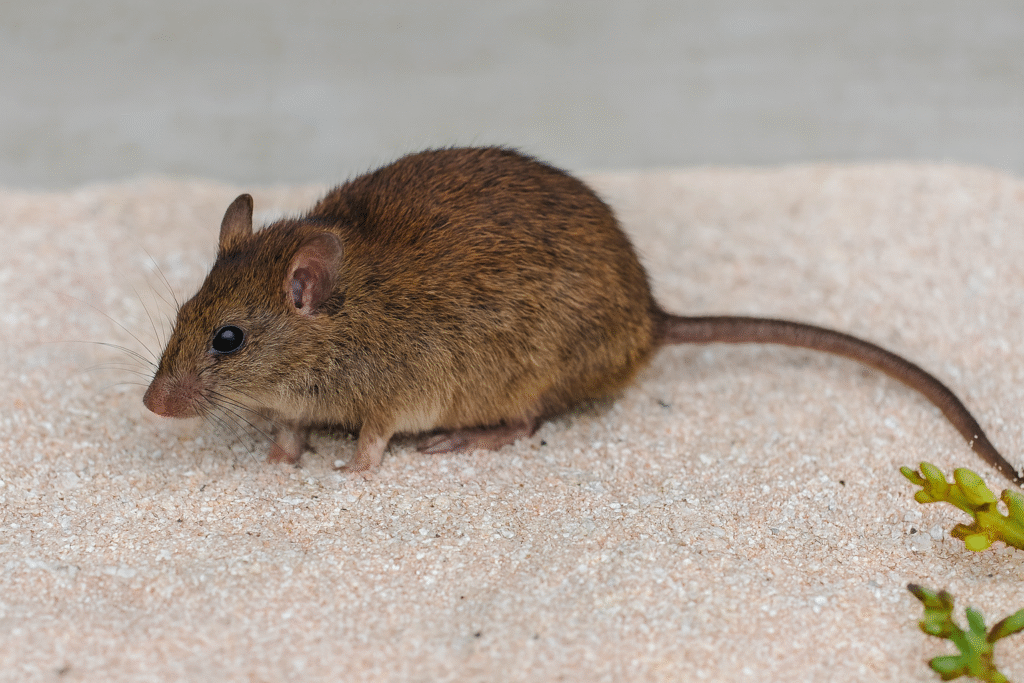
The Bramble Cay melomys, a tiny rodent that once lived on a remote coral cay in the Torres Strait, has now been officially declared extinct. Scientists had long warned that rising seas and stronger storms were destroying its only habitat, a low island barely above water. When exhaustive surveys failed to find a single surviving animal, it became clear the species was gone for good.
This marks a grim first in the modern era. It is the only mammal known to have vanished primarily because of climate change, and its loss has become a symbol of how fast warming seas can erase isolated life.
1. The extinction declaration came after years of failed searches.
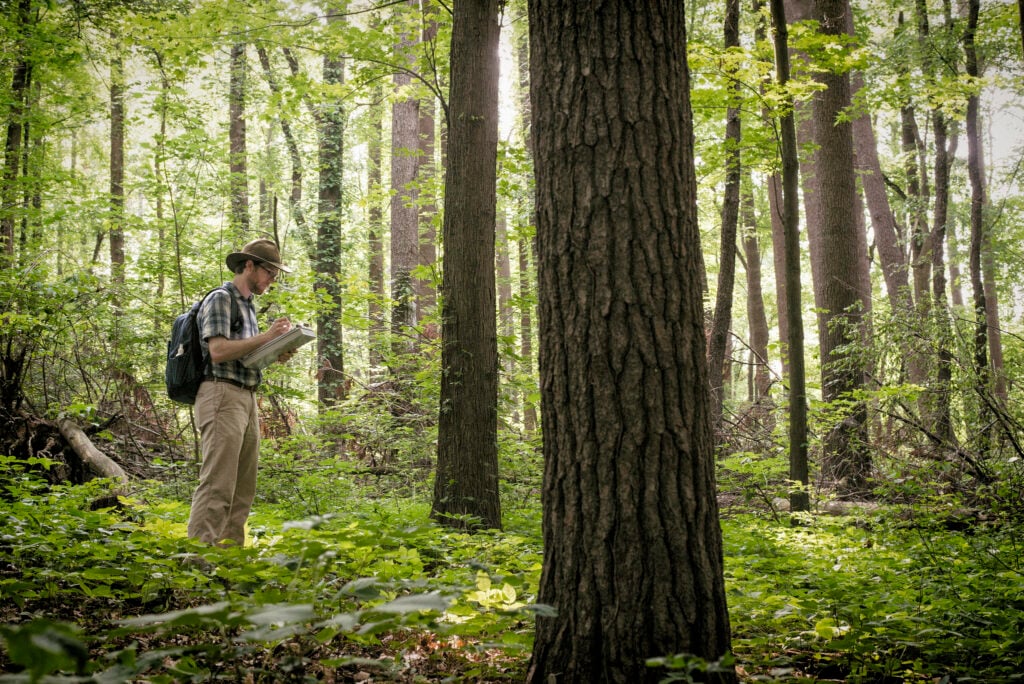
Researchers first raised alarm in the early 2000s when the small population began to collapse. After multiple surveys between 2009 and 2014 yielded no sightings, Australian environmental authorities officially listed the Bramble Cay melomys as extinct in 2019. According to the Queensland Department of Environment and Science, the announcement formalized what scientists had already accepted as fact.
It was a quiet ending, without a single body recovered. The final report concluded that flooding from rising seas had permanently destroyed the cay’s vegetation, leaving no possible survivors.
2. Rising sea levels erased the only habitat it had.
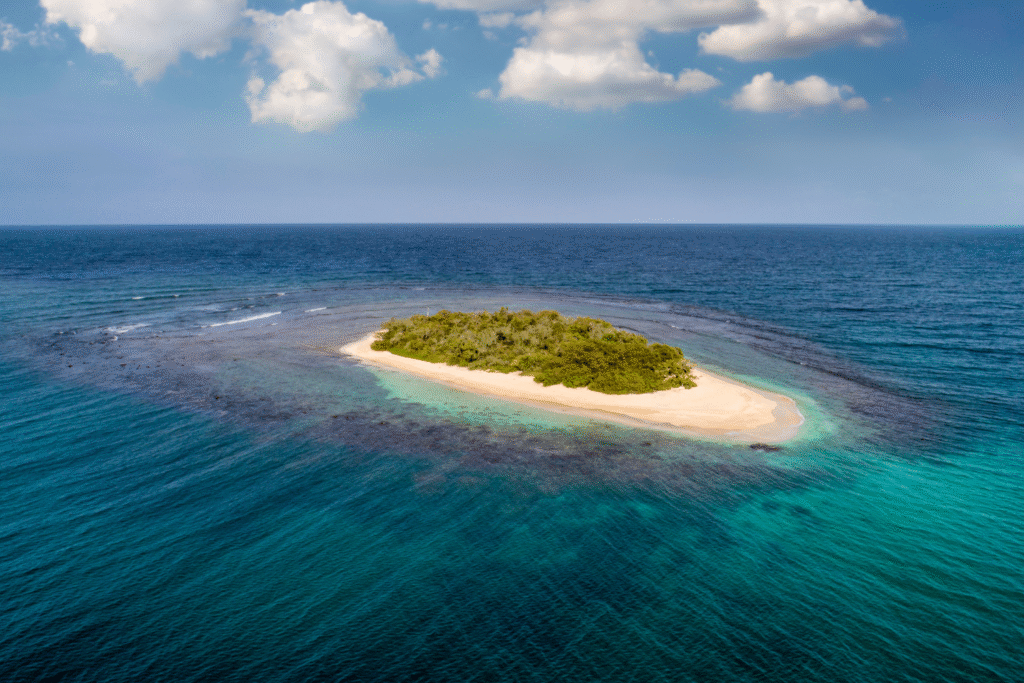
Bramble Cay stood less than ten feet above sea level at its highest point. Repeated inundation from king tides and tropical storms turned the island into a flooded sandbar where plants could no longer take root. That left the melomys without food or cover, and the population quickly collapsed as vegetation disappeared, as reported by National Geographic.
With no escape routes to neighboring islands, the species was effectively trapped. Once the waters claimed its nesting areas, extinction became inevitable.
3. It was the first mammal lost to climate change.
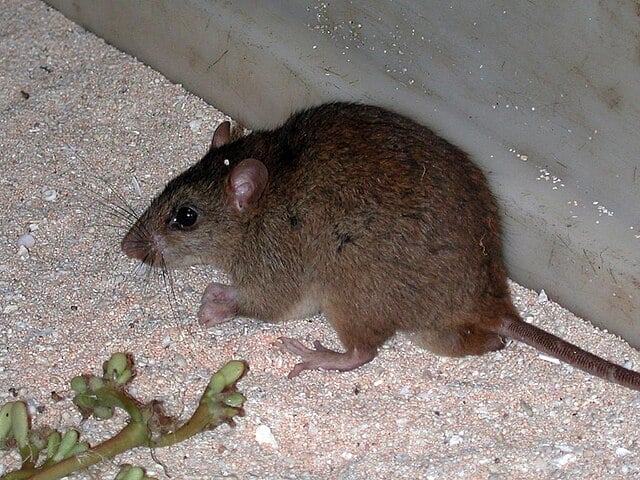
When the extinction became official, conservationists called it a historic and devastating milestone. The Bramble Cay melomys represented the first recorded mammal extinction caused directly by human-driven climate change, as stated by the Australian government’s official documentation.
Scientists had warned for years that species confined to tiny islands would face this fate first. The melomys proved that prediction true, showing that global warming is not a distant threat but a current extinction driver.
4. Its home was smaller than a football field.
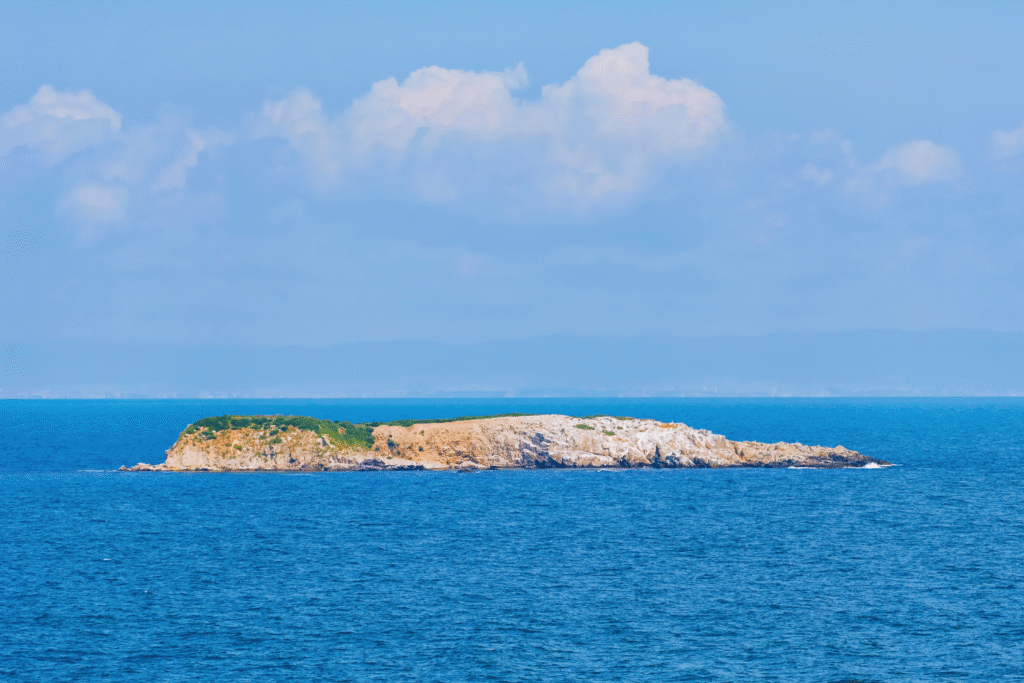
The island measured only a few acres, a fragile coral platform at the northern edge of the Great Barrier Reef. Even under normal conditions, the environment was precarious. But when weather patterns intensified, the cay eroded rapidly, and saltwater intrusion killed off plants that anchored the sand.
What had once been a lush patch of greenery became barren. Without plants, there were no seeds or stems for the melomys to eat and nowhere to hide from predators or storms.
5. Storm surges finished what rising seas started.
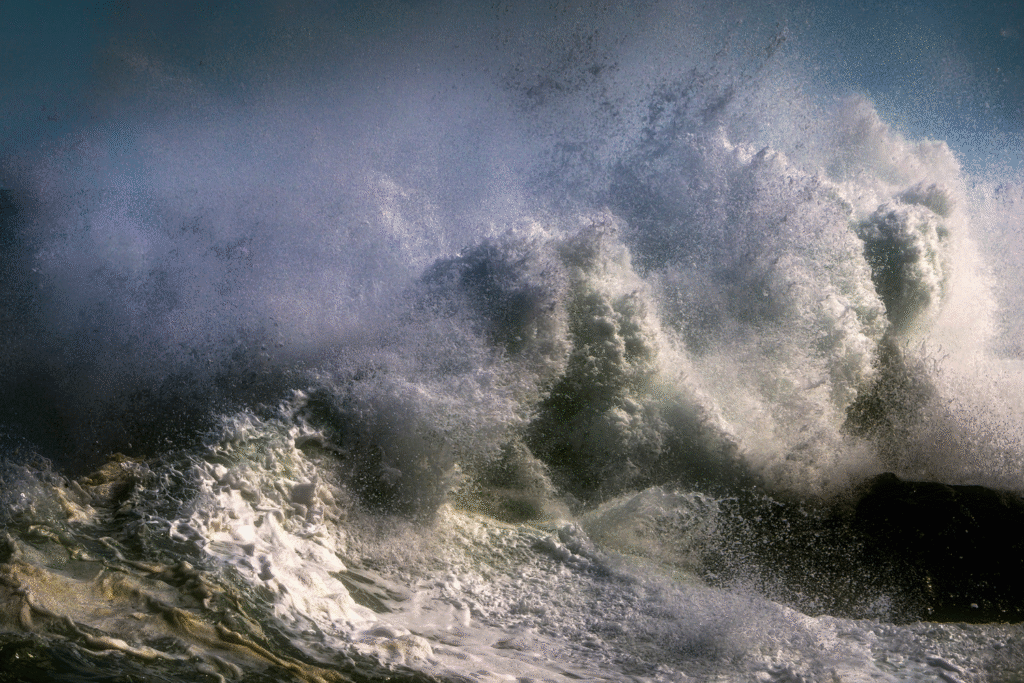
Warming oceans have led to stronger and more frequent storms in northern Australia. Each surge that washed over Bramble Cay stripped away more of the surface soil and vegetation. Over a decade, the island’s top layer vanished almost completely.
The loss of habitat happened faster than the rodents could adapt or reproduce. Their tiny population had no chance to rebound, especially after storms in 2004 and 2006 left the cay nearly barren.
6. Scientists documented its disappearance in real time.

Field biologists who monitored the island kept meticulous records, capturing the slow unraveling of an ecosystem. Photographs and vegetation maps from the 1990s compared to the 2010s showed a steady retreat of plant life until none remained.
The evidence provided one of the clearest case studies linking climate change directly to extinction. It gave researchers the tragic opportunity to observe, step by step, how environmental collapse plays out when a species has nowhere else to go.
7. The extinction exposed how vulnerable small mammals are.
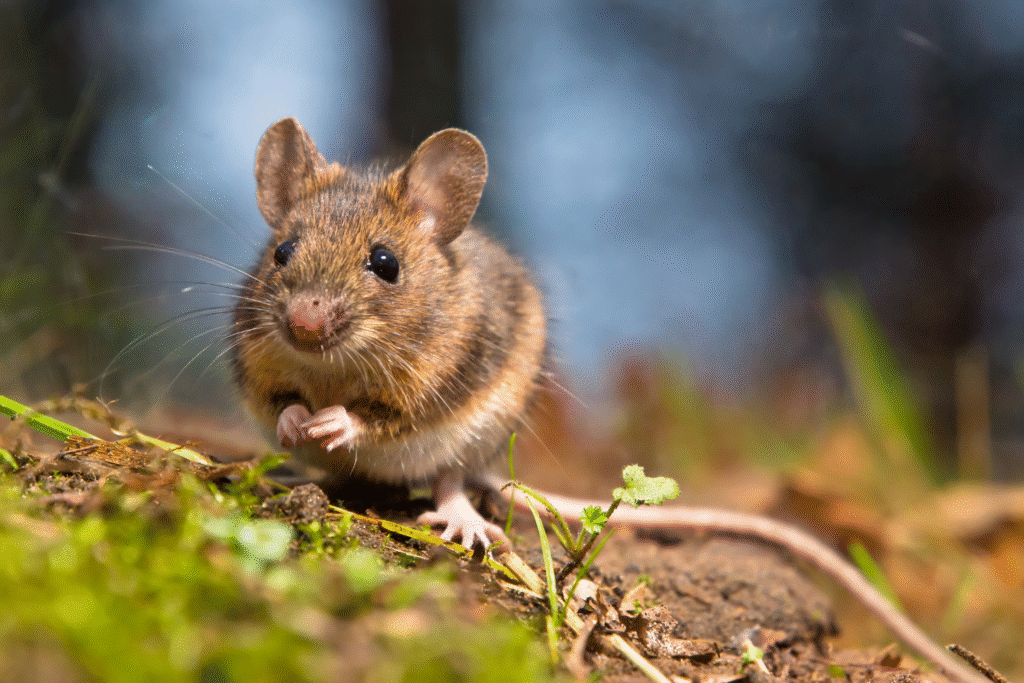
Species with tiny ranges and specialized diets are the first to vanish under climate stress. The melomys survived for millennia on a few acres, which worked until sea level rise shifted the equation. It lacked mobility, genetic diversity, and alternate refuges.
For conservationists, the loss underscored the need to prioritize island species. If such extinctions can happen in Australia, one of the world’s wealthiest nations, the implications for global biodiversity are severe.
8. Its story is now a warning for what comes next.

The Bramble Cay melomys was obscure in life but powerful in death. Its extinction serves as a preview of what may await hundreds of other coastal or island mammals if temperatures keep rising and seas continue to encroach.
Scientists now use its story to illustrate that climate change does not merely threaten ecosystems in theory—it is already erasing them. The melomys’ absence has become a reminder that once the tipping point arrives, even the smallest patch of lost ground can mean the end of an entire species.
